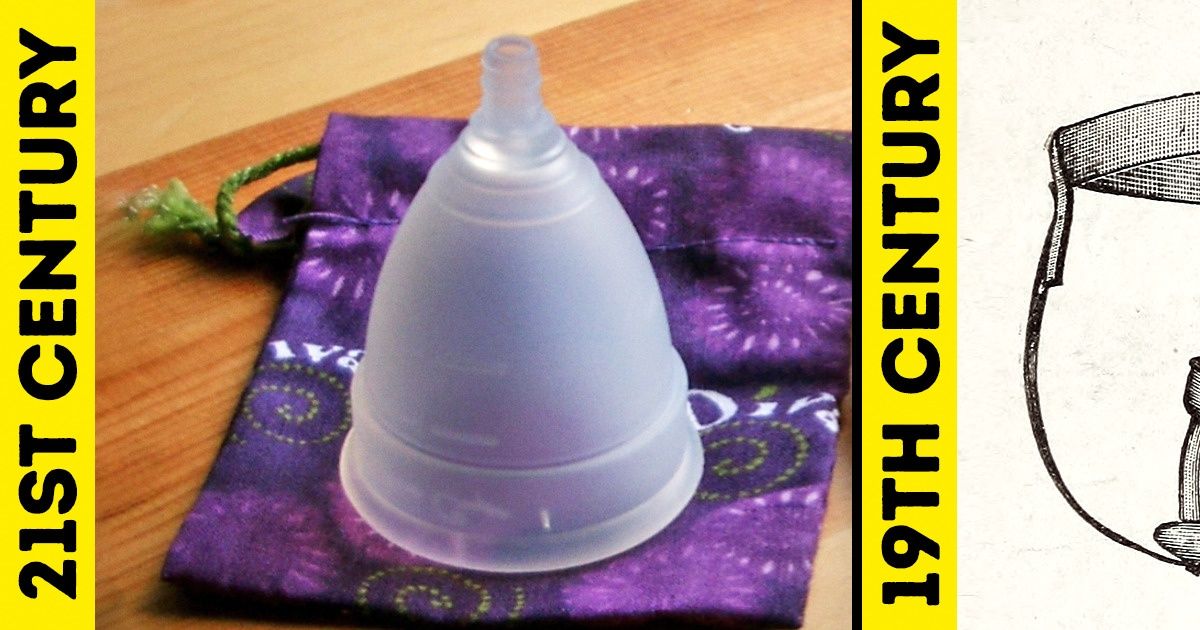14 Unresolved Nanny Stories That Keep Us Guessing


Each woman has probably tried on or used earrings, tights, lipstick, and high-heeled shoes at least once in her life. Nowadays, these items are available to everyone, but this wasn’t always the case, and in the past they could cost a fortune.
At Bright Side, we got really interested in the history of women’s things and found out that many of them originally belonged to men, were inaccessible to most people, or had a completely different purpose.
Modern lipstick is made of wax, oil, and pigment. But in the times before our modern day, they used henna and carmine. Nefertiti’s lips were probably covered with beeswax.
70,000 beetles were necessary to yield one pound of the carmine dye (red pigment) used by Cleopatra to paint her lips.
In Mesopotamia, women ground precious and semi-precious gems into dust to apply them to their lips.
The history of the swimsuit is not a story of comfort and fabric improvement, it’s all about the liberation of the navel. Before the second half of the 17th century, European women either bathed without clothes or while wearing fabric bandages.
Gradually, women’s arms and legs became more bare, and swimsuits lost their collars and got a lower neckline. During World War II, there was a shortage of fabric, so a 2-piece swimsuit that revealed the upper belly became popular. It wasn’t until 1946 that Louis Réard introduced a new model of bikini swimsuit, which revealed the navel.
In the ancient world, men and women dyed their hair with all sorts of items: cassia bark, leeks, leeches, charred eggs, henna, and even gold dust.
Hair dye often reflected social change. In the 1700s, it became popular for Venetian women to recline in the sun on special terraces after putting lye in their hair to turn it blonde. Beforehand, blonde hair was considered scandalous. It also wasn’t until the Middle Ages that dying your hair was considered a female habit.
Sometimes, hair dye was thought to have medicinal purposes. In Afghanistan, for example, it was thought that dying your hair red could cure a headache.
Everyone knows what a corset is, but what came before it? Ancient Roman female athletes used bandages that resembled a strapless bandeau bra. A mosaic of the first primitive bra can be found in Sicily and Pompeii.
The first patent for a bra was issued in 1914, but this could have happened even in the 15th century. In 2012, scientists found medieval flaxen “breast pouches” which looked like a modern bra.
Throughout history, earrings have signified different things. At times, it could mark someone as a slave, an artist, or even a religious devotee.
In Shakespeare’s time, they served as a distinctive sign of someone who was a poet, which is why Shakespeare himself can be seen portrayed wearing an earring in artwork.
The first high-heeled shoes appeared in ancient Persia: soldiers would wear them while riding horses so that their feet would stay in the stirrups. After that, these shoes spread throughout Europe, where aristocratic men would wear them to seem taller and more respectable.
Under the influence of men’s fashion, women also started choosing high-heeled shoes. It wasn’t until the mid-1800s that these shoes began to be associated exclusively with a woman’s wardrobe.
Christian Louboutin knew the history of fashion perfectly. By the 17th century, aristocrats of many countries had sported shoes with red soles and heels (this color was associated with war and, at the same time, it was an expensive dye) until Louis XIV issued a law stipulating that shoes with red soles could only be worn in his court.
When Elizabeth I came into power, red hair became fashionable and women dyed their eyelashes too, to match their hair. This was actually very dangerous because the homemade mixtures that women used contained toxic substances.
Eugène Rimmel, the founder of the cosmetics company Rimmel and Queen Victoria’s court perfumer, developed mascara, using the newly invented petroleum jelly. His invention became a sensation because it was the first non-toxic tint for eyelashes.
In 15th century Europe, the first tights were made of woven stockings joined together with a centerpiece. Men of higher rank often wore tights made of finer material, like silk or fine wool, than those in the lower ranks. This piece of clothing didn’t become part of a women’s wardrobe until the 18th century.
The menstrual cup wasn’t invented in the 21st century, and not even in the 20th century. Rubber cups that were attached to a special belt were being advertised already in 1884.
Did you know any of these facts about women’s things? Which one surprised you the most? Tell us in the comments below.











